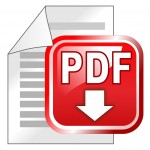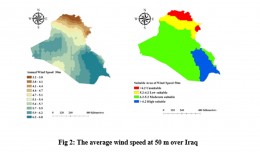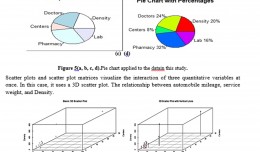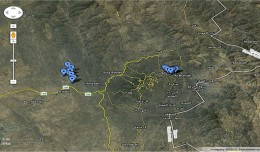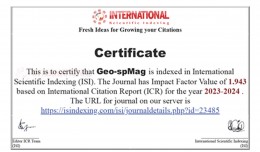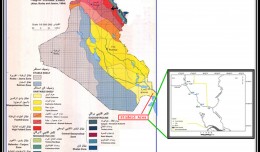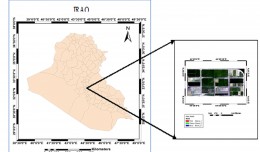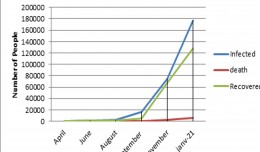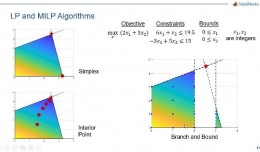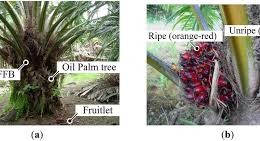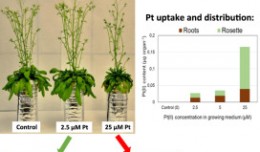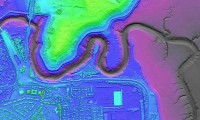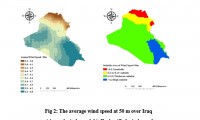|
Control of a Hybrid Wind-PV and Energy Storage System |
Mohammed Al Busaidi, Amer Al-Hinai*, Rashid Al-Abri, Mohammed Al-Badi
Electrical & Computer Engineering, Sultan Qaboos University, Oman
Abstract—Distributed energy generation systems deployment is rapidly increasing globally, offering many major advantages and benefits. The integration of distributed generation at distribution system and close to the load reduce the network losses, improve the reliability when the grid is not available, and economically sounds if the distributed generation cheaper than the grid. The use of Renewable Energy sources like the photovoltaic (PV) panels and the wind turbines leads to reduction in fuel consumption which in turn leads to less toxic emissions to the environment. However, the energy production from wind turbines and PV panels is not reliable by itself as wind speed is irregular and not all wind speed can be harvested. Similarly, the solar irradiation is unpredictable in nature and PV system output is variable during the day and not available at night. That means when depending only on energy from wind turbine alone or PV system alone, the power may not be available when needed or at least not matching the demand. Here comes the need to aggregate the wind turbine with PV system and integrate the energy storage system (ESS) to overcome the intermittent behavior of Wind-PV and balance power generation. The hybrid wind-PV-ESS would improve the system reliability, reduce the intermittency of supply, and enhance the system security. The ESS can store extra produced energy and use it to compensate the reduction in power generation and balance out the fluctuations of the wind-PV power in short and long time periods. Additionally, the energy storage devices have a faster response to handle load variations. This paper, will focus on developing a control system for the hybrid Distributed Generation resources (DGs) utilizing the wind turbine with PV panels and integrated energy storage systems (ESS). Integrating the wind turbine and the PV energy generation with energy storage would balance the variations of the wind power and the load ones. The suggested model automatically controls the power flow of hybrid system according to the availability of power and changes in load as well. The contribution of battery storage is to substitute sudden/average fluctuations in power changes that results in the DC link, improve energy efficiency, and limit current stress on battery. The hybrid system has been modeled and simulated in MATLAB Simpower toolbox and the results show a satisfactory response.
 English
English  Français
Français  العربية
العربية 

